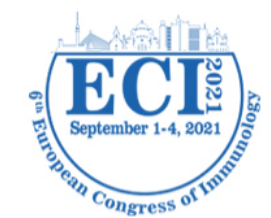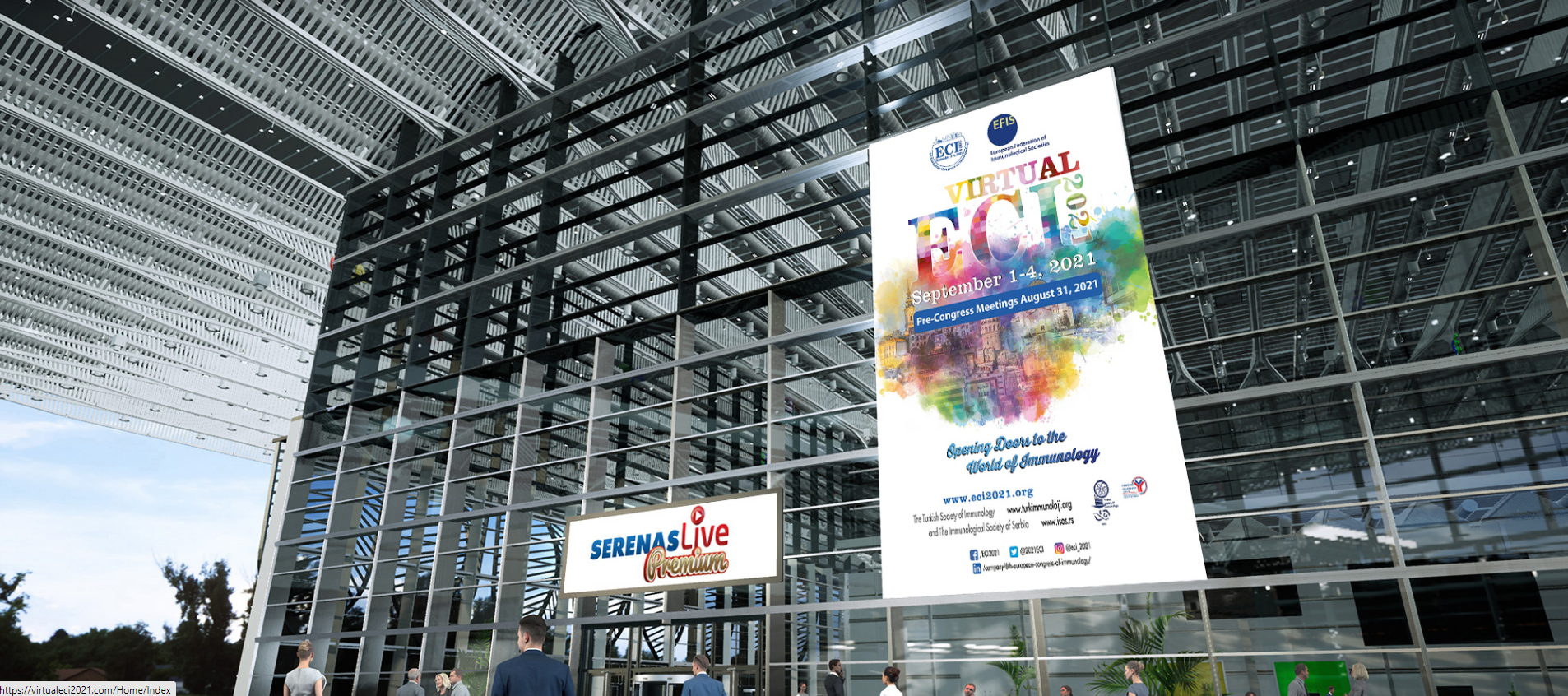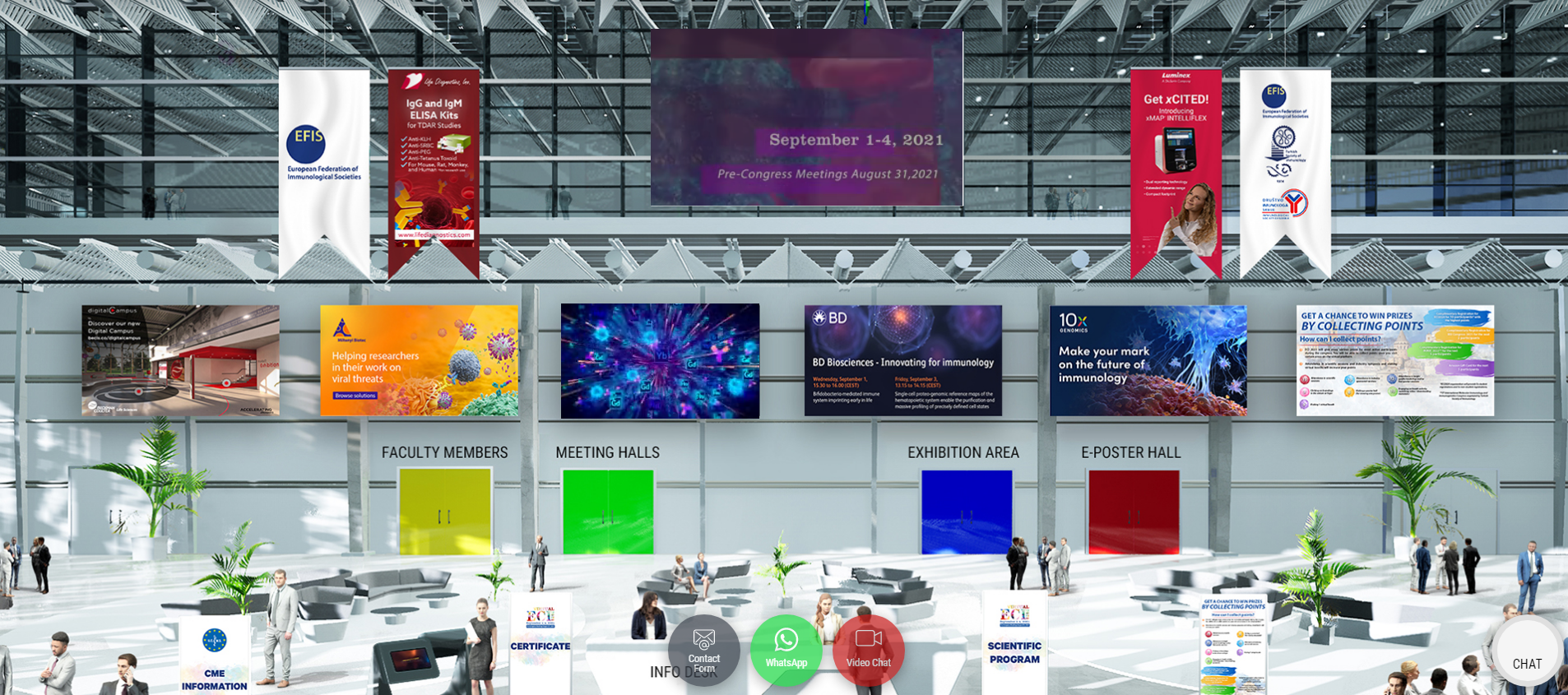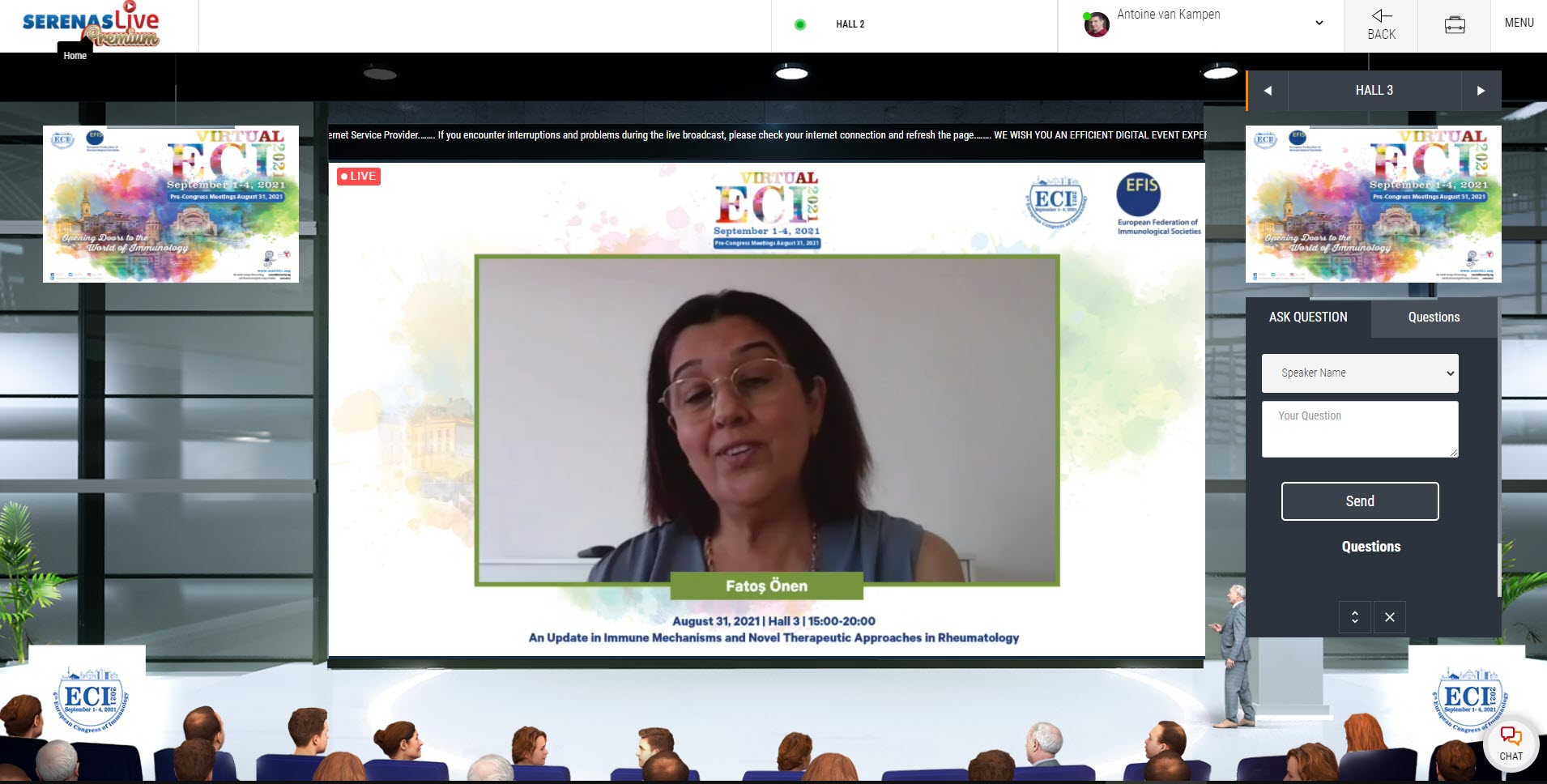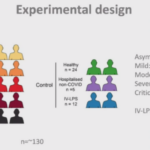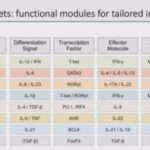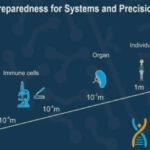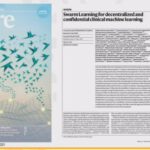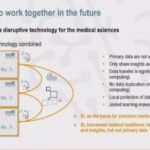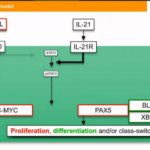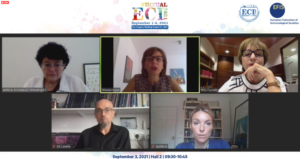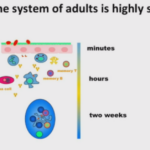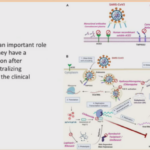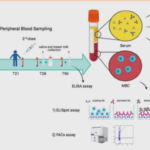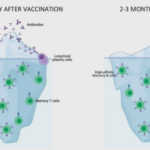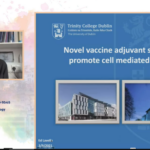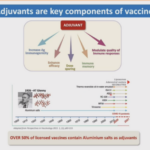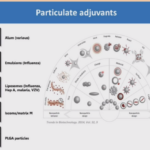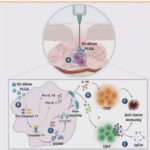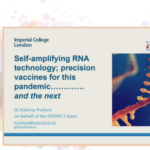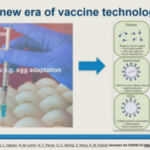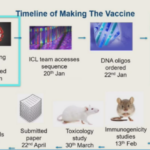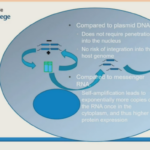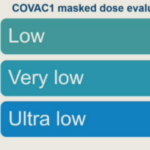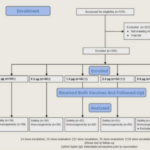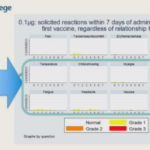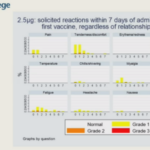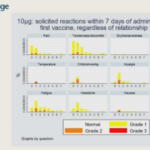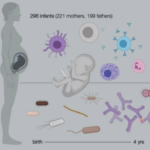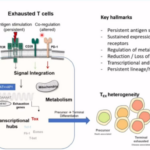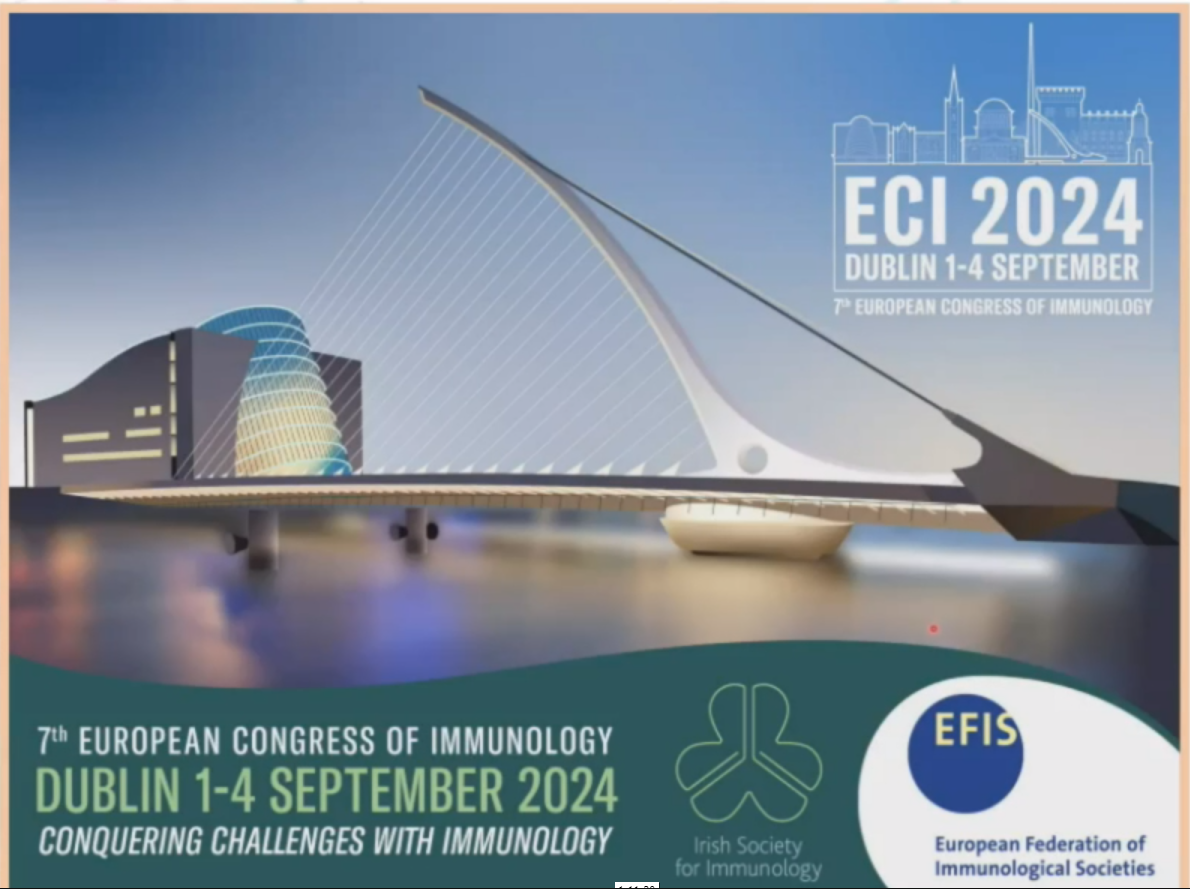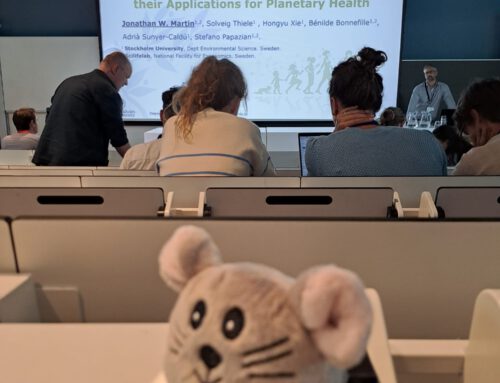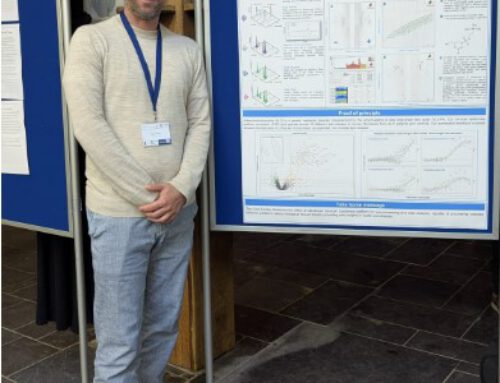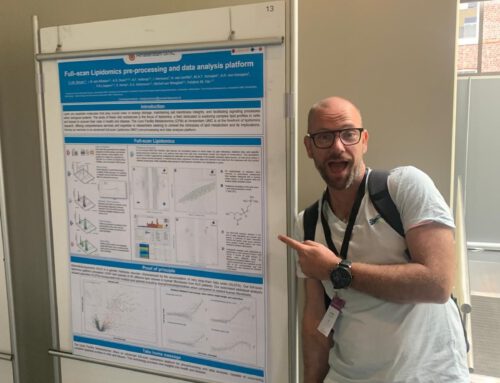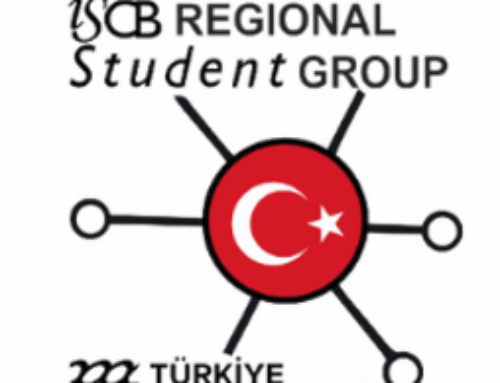Attending the online 6th European Conference of Immunology (ECI 2021)
The European Congress of Immunology – ECI – is the triennial joint meeting of all European EFIS member societies. It is now one of the most highly-regarded international conferences in the field of basic and clinical immunology, attracting on average more than 3,000 delegate. ECI 2021 is co-hosted by Turkish Society of Immunology and the Immunological society of Serbia Due to corona ECI 2021 was held online from 31 August till 4 September 2021.
Antoine van Kampen and Danial Lashgari attended the conference. Danial presented a poster:
Post abstract
From affinity maturation to kinetics maturation in GC modeling
Danial Lashgari1 , Elena Merino Tijero1 , Michael Meyer Hermann2 , Huub Hoefsloot3 , Marit Van Gils4 , Antoine Van Kampen1
1Bioinformatics Laboratory, Amsterdam UMC
2Dept for Systems Immunology, Helmholtz Centre for Infection Research, Braunschweig,
3Biosystems Data Analysis, University of Amsterdam, Amsterdam,
4Laboratory of Experimental Virology, Amsterdam UMC
Find the poster [here].
Below some interesting highlights from the conference
- Interesting talk from Simon Fillatreau about regulatory functions (through cytokines) of plasma cells. There seems to be different subsets of plasma cells secreting different cytokines and/or expressing different genes. These regulatory PC are required to ‘recover from autoimmune disease.’ In the context of our GC modelling it is interesting to think about if and how these different subsets of PCs result during the GC reaction.
- Presentation from Jules Hoffmann. He and Bruno Lemaitre discovered the function of the fruit fly Toll gene in innate immunity. Hoffmann and Bruce Beutler were jointly awarded a half share of the 2011 Nobel Prize in Physiology or Medicine for “their discoveries concerning the activation of innate immunity”.
- Presentation from Emily Stephenson about her Nature Medince paper (Stephenson E, et al (2021) Single-cell multi-omics analysis of the immune response in COVID-19. Nat Med. 27(5),904). Measured single cell expression, TcR, BcR and Surface proteins in different samples (healthy and samples from patients with different severity levels of COVID. Also looked at lymphocyte (including plasma cells) proportions in the different samples, and correlation of Tfh with plasma cells. Data is available.
- Presentation from Diether Lambrechts (VIB) about single-cell multi-omics (including CITE-seq) profiling of breast tumors (Bassez A et al, Nature Med 2021). Interesting analysis, including pseudotime of T cell subsets, T cell expansion in PBMCs and tumor.
- Presentation from Federica Sallustro about Human T cells in health and disease. Nice overview of different T helper cell subsets:
- Presentation from Joachim Schultze. Single cell Omics and a pendemic: did we learn something that helps us for other diseases as well? Yes. Single cell technologies are going to make the difference. You should join if you did not do already. But we need teams with different expertise including ethics and data privacy. Sharing, not competing. Single cell transcriptomics is extremely strong in predicting cell function. Severe COVID-19 is characterized by increased metabolically active plasmablasts. COVID changed they way in which research is done: quick, collaborations, open access data/publications. Apply this to other disease. How could we anallyze the data across institutions without even exchanging primary data? Can we run the algorithms at the place where the data are (within firewalls, GDPR)? Central cloud is not the solution (GDPR, agreements, can we give data away, storage costs). Perhaps Swarm Learning(based on blockchain).
- Presentation from Casper Marsman (Sanquin). Termination of CD40L Signaling Drives Human Naïve B Cell Differentiation into Antibody-Secreting Cell . A new model is presented:
Session challenges in vaccinology
- Presentation from Rita Carsetti. Innate and Adaptive B Cell Memory: Pros and Cons of Specialization. Different levels of response initiate within hours to weeks. Early response depends on pre-existence of MBCs and PCs (which are not present for SARS-CoV-2). After vaccination, we will produce lot of Abs which go down with time but we still have MBCs and long-lived PCs. Specific MBCs are produced in case of SARS-CoV-2. Future directions: administration of mAbs to non-responders. Third dose for fragile people but in general will not solve the problem because again the Abs will go down after a while.
- Presentation from Ed Lavelle. Novel Vaccine Adjuvant Strategies to Promote Cell Mediated Immunity. Vaccine adjuvents have different roles. Understanding adjuvanticity mechanisms is key to tarional vaccine development (Dsemet 2012 Nat Rev Imm 12).How do particles modulate innate and adaptive immunity? How to link particle properties to specific immune responses? Particle size plays a role otherwise there might be no immune response. (Note AvK: how would we include adjuvents in germinal center computational models?). Particle size affects Caspases. Mitochondrial stress plays a role.
- Prersentation by Katrina Pollock. Self – Amplifying RNA Technology; Precision Vaccines for This Pandemic and the Next. State-of-the-art before COVID-19. Timeline of making a vaccine. There were few licensed coronavirus vaccines before COVID-19. Little experience with alphavirus vaccines (CMV, HIV). Clinical trial took relatively long time compared to rest of process. Adverse events collected by electronic diary (by participants) 1 week after each injection (pain, discomfort, fatigue, headache, etc).
- Presentation of Petter Brodin about Human Systems Immunology. We need to study human not (only) mouse because mouse does not reflect the complex system, environment, etc of human. How do we do this? System-Level analysis and longitudunal analyses (each individual becomes its own control and does reduce the number of humans to be included in study) is required. Study of infants. Infant gut microbiome.
- Presention from Bertram Bengsch about Deep immune profiling of exhausted T cells by mass cytometry :implications for personalized immunotherapy There is confusion about exhaustion (also in the context of COVID19): activation or exhaustion of CD8+ T cells. Challenges for exhaustion profiling in humans. Deep immune profiling of TEX approach: single-cell resolution. Mass cytometry 4.8 million CD8. 25 CD8 T cell clusters. Which are functionally exhausted?


